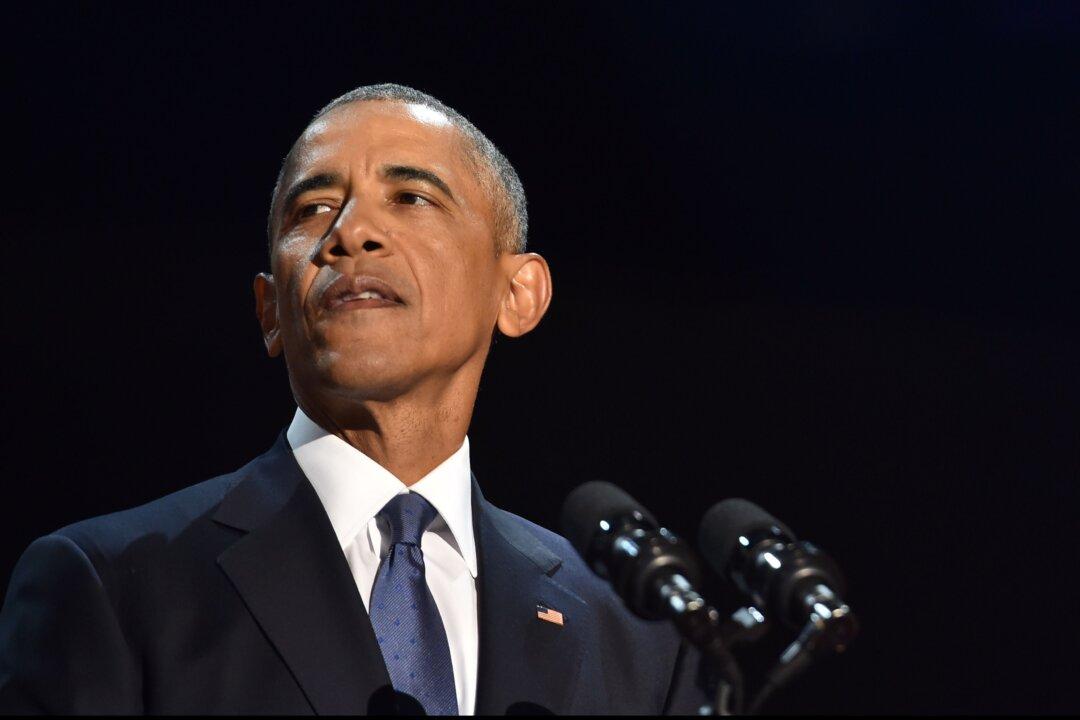News Analysis
Although the details remain complex, the structure underlying Spygate—the creation of the false narrative that candidate Donald Trump colluded with Russia, and the spying on his presidential campaign—remains surprisingly simple:

Although the details remain complex, the structure underlying Spygate—the creation of the false narrative that candidate Donald Trump colluded with Russia, and the spying on his presidential campaign—remains surprisingly simple: